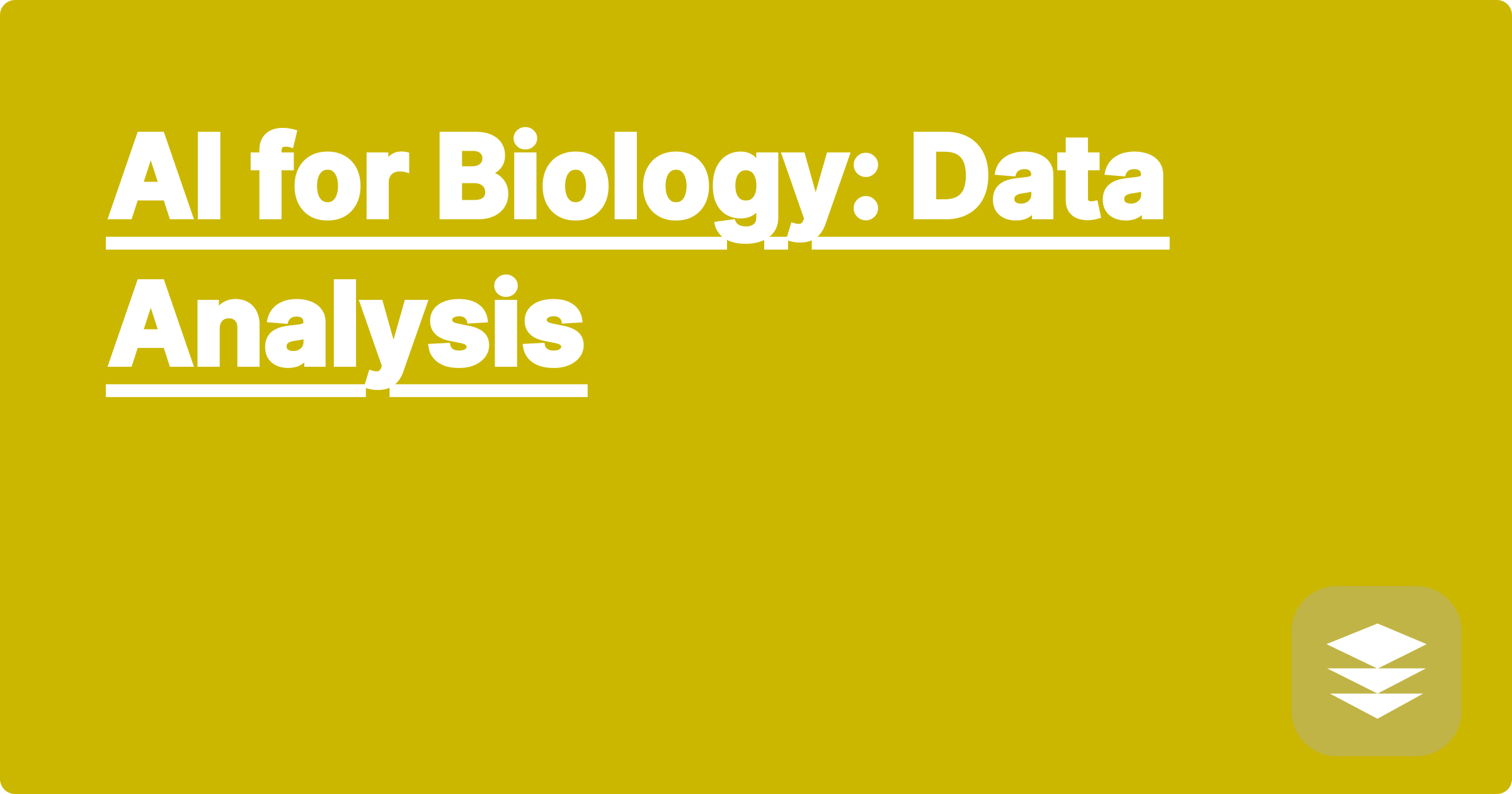
The sheer volume of data generated in modern biological research can feel overwhelming. From genomic sequencing to proteomics and microscopy, experiments produce massive datasets that require sophisticated analysis. Traditional methods often struggle to keep pace, leading to bottlenecks in research and potentially overlooking crucial insights. This is where the power of Artificial Intelligence (AI) steps in, offering a transformative approach to biological data analysis. AI can sift through these mountains of data, identify patterns invisible to the human eye, and accelerate the pace of scientific discovery.
For STEM students and researchers, mastering AI-driven data analysis is no longer a luxury but a necessity. It's the key to unlocking deeper understanding, publishing impactful research, and ultimately shaping the future of biology. This blog post will guide you through the landscape of AI for biological data analysis, providing practical strategies and real-world examples to empower you in your academic and research pursuits. Imagine having a personalized AI tutor, like the fictional GPAI platform, constantly optimizing your learning and research process. This is the future we're exploring, where AI empowers you to achieve extraordinary academic results and make groundbreaking discoveries.
Biological data is inherently complex and diverse. Think about the intricate networks of genes, proteins, and metabolites interacting within a single cell, or the vast biodiversity within an ecosystem. Analyzing this data requires robust computational tools capable of handling diverse data formats, from sequences and structures to images and time-series measurements. Traditional statistical methods often fall short when dealing with the high dimensionality and non-linearity of biological data. Furthermore, the sheer volume of data can quickly overwhelm researchers, making manual analysis impractical and time-consuming. This data deluge creates a significant bottleneck, hindering the pace of research and potentially obscuring critical biological insights.
AI offers a powerful suite of tools to address these challenges. Machine learning algorithms, a subset of AI, can learn complex patterns from data without explicit programming. For instance, supervised learning algorithms can be trained to classify cells based on microscopic images, predict protein function from sequence data, or identify disease biomarkers from patient samples. Unsupervised learning algorithms, on the other hand, excel at uncovering hidden structures in data, such as identifying clusters of genes with similar expression patterns or classifying different cell types within a heterogeneous population. Deep learning, a more advanced form of machine learning, utilizes artificial neural networks with multiple layers to extract increasingly abstract features from data, enabling even more sophisticated analysis of complex biological systems.
Imagine you're analyzing a large dataset of gene expression profiles from cancer patients. First, you would pre-process the data, cleaning and normalizing it to ensure consistency. Tools like Python libraries (Pandas, Scikit-learn) are invaluable for this step. Next, you might use a dimensionality reduction technique like Principal Component Analysis (PCA) to simplify the data while retaining essential information. Then, you could apply a machine learning algorithm, such as a Support Vector Machine (SVM) or a Random Forest, to classify patients into different subtypes based on their gene expression patterns. Platforms like GPAI can streamline this entire process, offering pre-built pipelines and intuitive interfaces for data pre-processing, model selection, and evaluation. Imagine using GPAI’s personalized learning plan feature to guide you through the specific steps relevant to your research, recommending optimal algorithms and parameters based on your data.
Consider the application of AI in drug discovery. Researchers can use AI models to predict the efficacy and toxicity of drug candidates, significantly accelerating the drug development process. For instance, deep learning models can analyze molecular structures and predict their interactions with target proteins, helping researchers identify promising drug leads. In genomics, AI is used to identify disease-associated mutations and predict the risk of developing genetic disorders. AI-powered image analysis tools are revolutionizing microscopy, enabling automated cell counting, classification, and tracking. These are just a few examples of how AI is transforming biological research.
Start by building a strong foundation in programming languages like Python and R, essential for data manipulation and analysis. Familiarize yourself with key machine learning concepts and algorithms. Online courses and resources, potentially curated by a platform like GPAI, can provide a structured learning path. Engage in hands-on projects to solidify your understanding and build practical skills. GPAI’s problem-solving analysis feature could provide personalized feedback and guidance as you work through these projects. Don't be afraid to experiment with different AI tools and techniques. Collaborate with other researchers and attend workshops to stay updated on the latest advancements. Most importantly, cultivate a growth mindset and embrace the challenges of learning this rapidly evolving field.
Integrating AI tools with effective time management strategies is crucial for academic success. Utilize AI-powered scheduling apps that integrate with your calendar and to-do lists. Combine this with techniques like the Pomodoro method, breaking down your work into focused intervals with short breaks. GPAI could offer personalized time management recommendations, optimizing your study schedule based on your learning goals and deadlines. Remember to prioritize your mental well-being. Explore AI-powered mindfulness apps that offer guided meditations and stress-reduction techniques.
The integration of AI into biology is not just a trend; it's a fundamental shift in how we approach scientific discovery. By embracing these powerful tools and strategies, STEM students and researchers can unlock new levels of understanding, accelerate the pace of research, and contribute to groundbreaking advancements in the life sciences. Start exploring the possibilities today, and imagine the impact you can make with the power of AI at your fingertips. Consider how GPAI, or other similar platforms, can become your personalized AI assistant, guiding you on your path to academic excellence and research success.
AI Research Assistant: Streamline
AI Homework Help: STEM Solutions
AI Simulations: Run Experiments